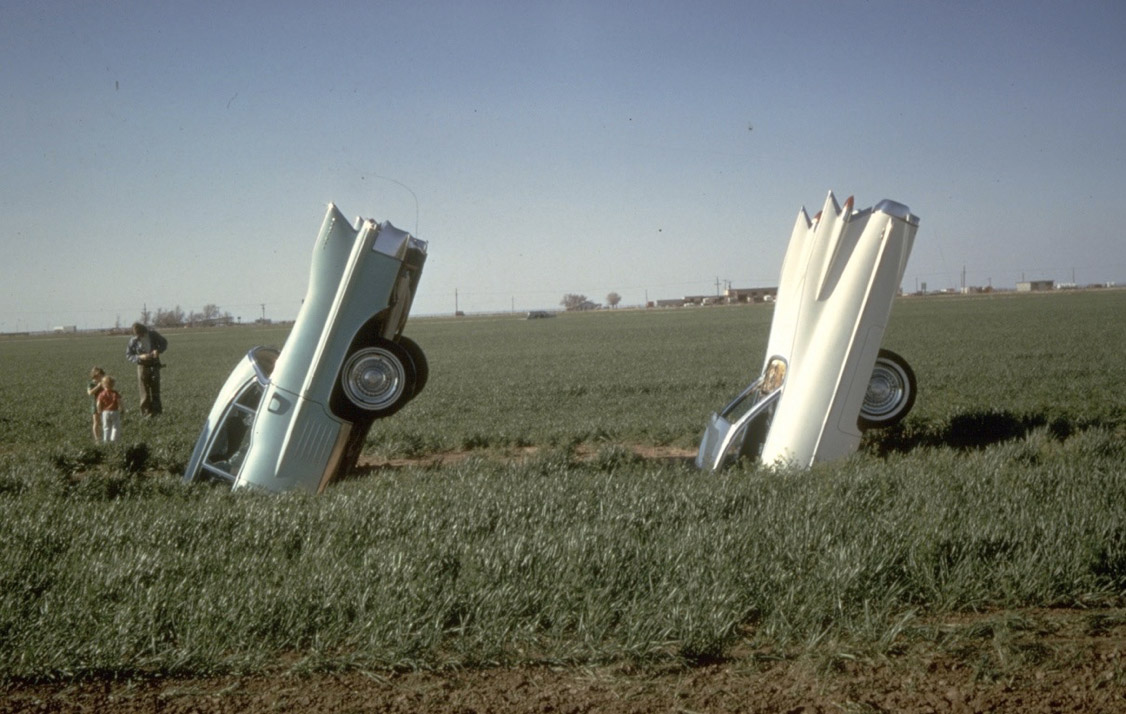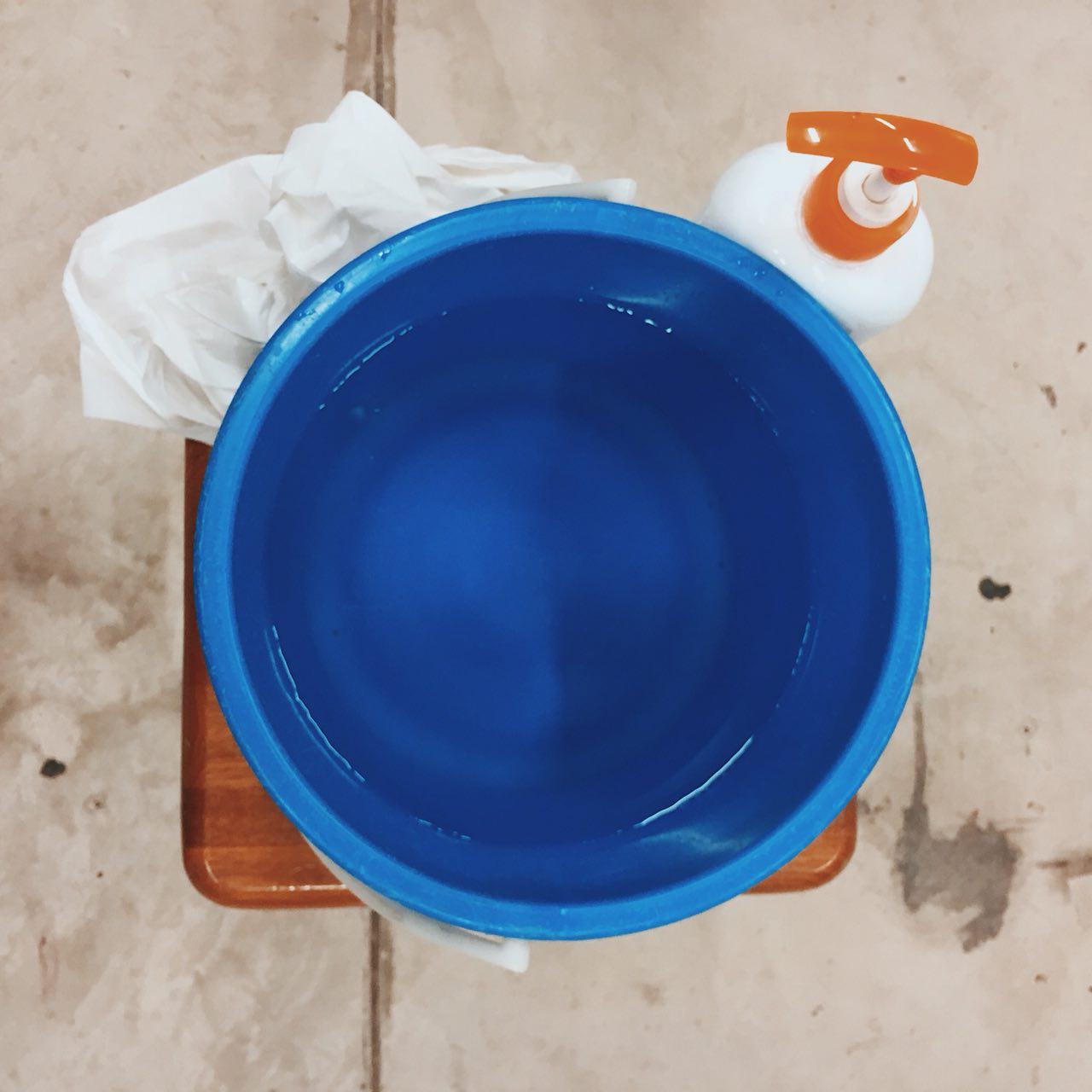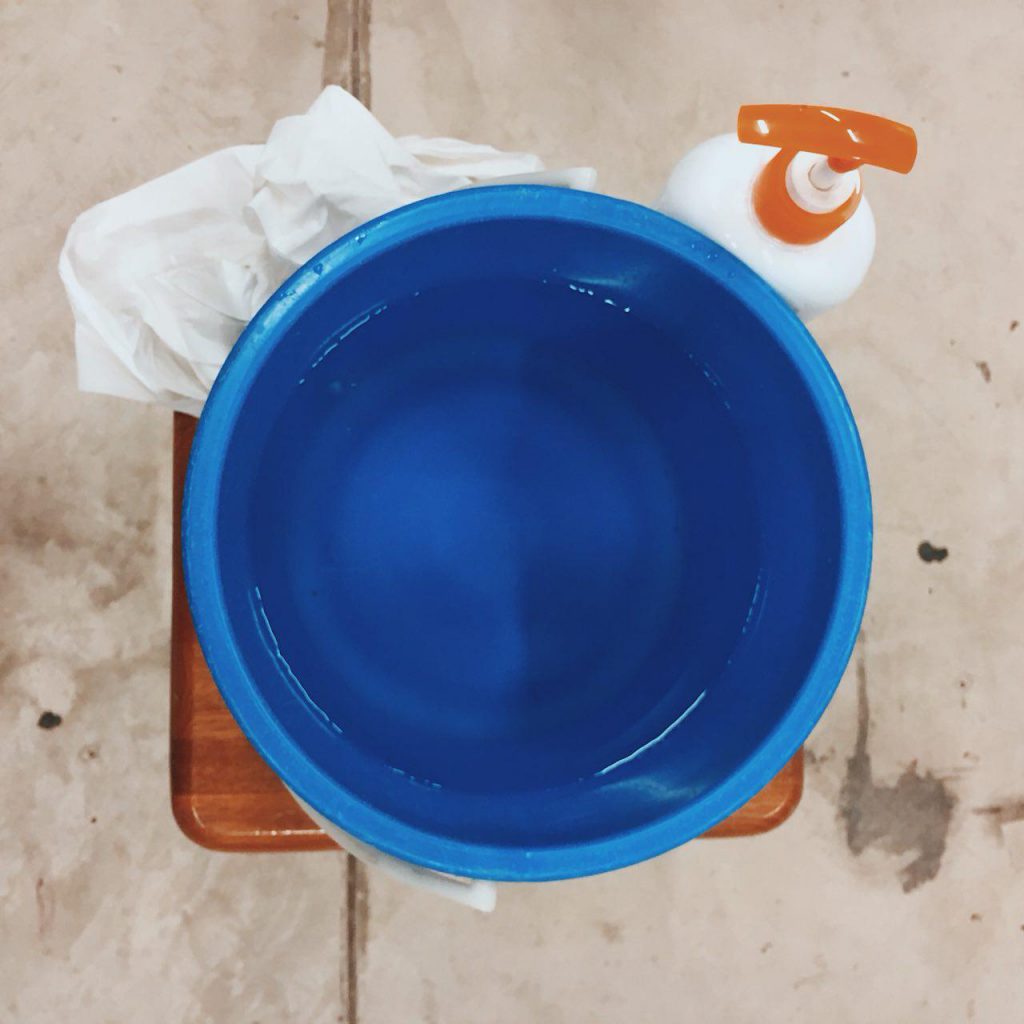
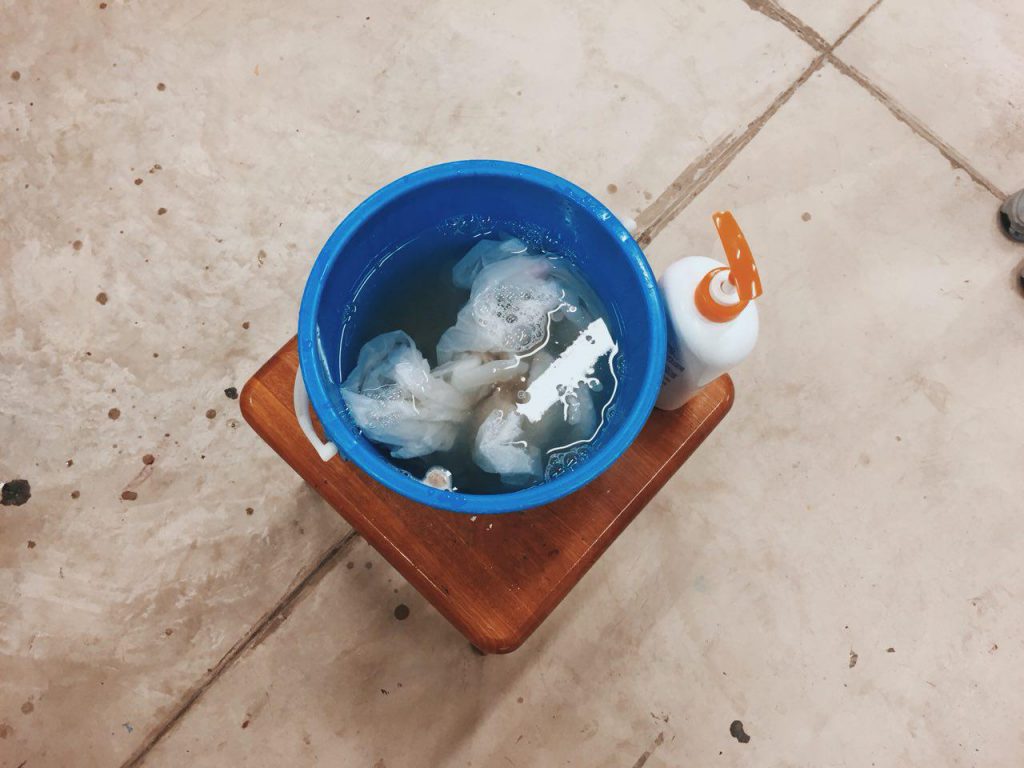
Starting off with the bucket of clean water, we played more with the idea of destructing meaning rather than the physical work itself. In today’s social context, a bucket of clean water would likely be associated with being a cleaning device – for mopping, dipping cloths in and perhaps even bathing. Within a span of less than a minute, we metaphorically challenged the idea of cleanliness through these steps:
1. Get a bucket of clean water
2. Dirty the water: Wash your hands in it
3. Restore cleanliness of the water with other cleaning devices: Tissue, soap
4. “Destroy” the water: With something obviously un-clean (Starbucks drink)
5. Repeat step 3
Here’s the catch: If we’re putting objects associated with cleaning in clean water, are we cleaning the water or dirtying it? It’s much like the saying: if you drop soap on the floor, is the soap dirty or is the floor clean?
From this, an accident is made in the meaning of ‘clean’ through this metaphorical challenge and therefore creating a glitch that is better understood by the mind than the eyes. While a glitch is defined in Glitch Studies Manifesto as “an interruption that shifts an object away from its ordinary form and discourse“, it seems as though we’ve created a glitch within a glitch: Cleaning the dirty water with cleaning devices keeps the ordinary definition of clean within the devices, while at the same time, dirtying the water with cleaning devices destroys the ordinary meaning of clean within the devices.
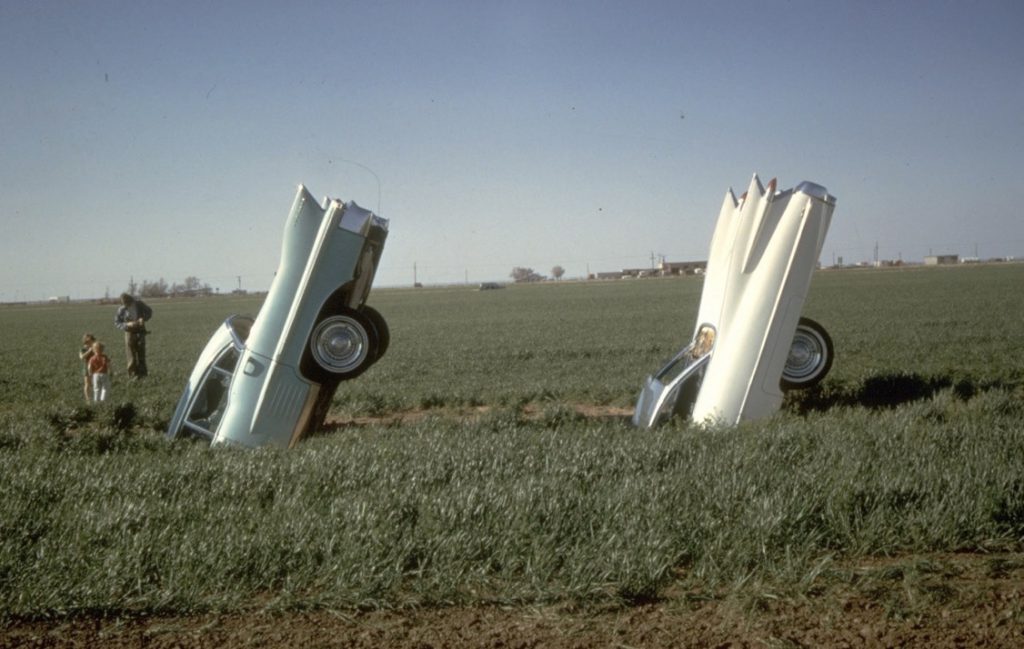
This project is similar to Cadillac Ranch by Ant Farm, where the noses of American Cars were buried in the ground, therefore shifting the object away from its ordinary “iconic symbol of the American Dream” to becoming “a symbol of American power and ingenuity turned upside down”. It is the same in the sense that the general understood representation of the object is challenged in both works.
I believe that the accident is embraced by the fact that the glitch had remained off the radar the entire time, given that a large reaction was only made by the audience when something ‘obviously’ un-clean was poured in. Why is it that no one had realised the destruction before that? This is where I believe glitch and destruction becomes an act of artistic expression, as mentioned by Jon Cates, “the way to not be stuck is to focus on glitch as a form of surprise and as a way of glitching people’s expectations”. What we had performed on an object with symbolic, con-formative meaning was a “procedural art of non con-formative, ambiguous reformations” (described in Manifesto), therefore glitching our audience’s expectations

